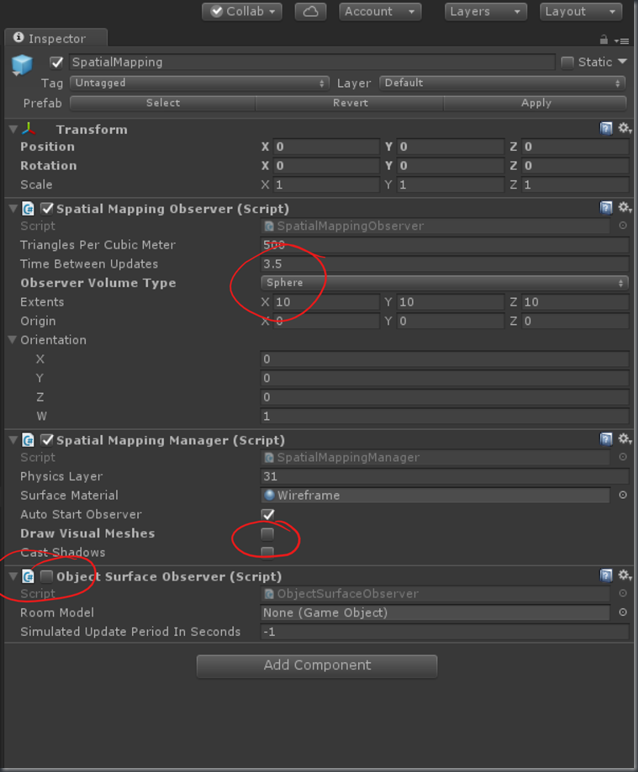

This study aims to investigate the connection between the degree of visual impairment and educational task performance and management in the e-learning environment with an emphasis on writing and visual recognition disorders. Although the obstacles of hardware restrict the development of AR in ophthalmology at present, the AR will realize its potential and play an important role in ophthalmology in the future with the rapidly developing technology and more in-depth research. Applications in diagnosis and protection might be worth exploring. To conclude, there is still a large room for development, which needs researchers to pay more effort. Secondly, we systematically introduce applications of AR in ophthalmology, including therapy, education, and clinical assistance. Firstly, we illustrate the structure of the standard AR system and present essential hardware. Here we summarize the applications and challenges of AR in ophthalmology and provide insights for further research. Unlike other specialties, ophthalmology connects closely with AR since most AR systems are based on vision systems. Crossmodal postdiction opens a new window into sensory integration, and could potentially be used to identify new mechanisms of crossmodal crosstalk in the brain.Īugmented reality (AR) has been developed rapidly and implemented in many fields such as medicine, maintenance, and cultural heritage.

Three neuropsychological models proposed for unimodal postdiction will be adapted to the unique aspects of processing and integrating multisensory stimuli. In this review, these and other varied forms of crossmodal postdiction will be discussed. Crossmodal postdiction can also appear in more nuanced forms, such as unimodal postdictive illusions (e.g., Apparent Motion) that are influenced by concurrent crossmodal stimuli (e.g., Crossmodal Influence on Apparent Motion), or crossmodal illusions (e.g., the Double Flash Illusion) that are influenced postdictively by a stimulus in one or the other modality (e.g., a visual stimulus in the Illusory Audiovisual Rabbit Illusion). Crossmodal postdiction can be considered (in its simplest form) the phenomenon in which later stimuli in one modality influence earlier stimuli in another modality (e.g., Intermodal Apparent Motion). As the multisensory science field has grown in recent decades, the investigation of crossmodal postdictive phenomena has also expanded. Postdiction occurs when later stimuli influence the perception of earlier stimuli. Addressing these problems can advance computer vision research and usher into the next generation of RSA service.

#Keyword manager holotoolkit full#
However, we argue that addressing the full spectrum of these challenges warrants new development in Human-CV collaboration, which we formalize as five emerging problems: making object recognition and obstacle avoidance algorithms blind-aware localizing users under poor networks recognizing digital content on LCD screens recognizing texts on irregular surfaces and predicting the trajectory of out-of-frame pedestrians or objects. Prior work indicates that computer vision (CV) technologies, especially interactive 3D maps and realtime localization, can address a subset of these challenges. Navigational challenges are presented in 15 real-world scenarios (8 outdoor, 7 indoor) for the users. Technical challenges are organized into four categories: agents’ difficulties in orienting and localizing the users acquiring the users’ surroundings and detecting obstacles delivering information and understanding user-specific situations and coping with a poor network connection. In this paper, we conducted a literature review and interviewed 12 RSA users to comprehensively understand technical and navigational challenges in RSA for both the agents and users. Remote sighted assistance (RSA) has emerged as a conversational assistive technology for people with visual impairments (VI), where remote sighted agents provide realtime navigational assistance to users with visual impairments via video-chat-like communication.


 0 kommentar(er)
0 kommentar(er)
